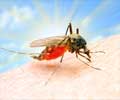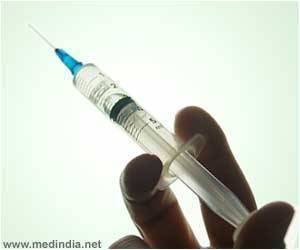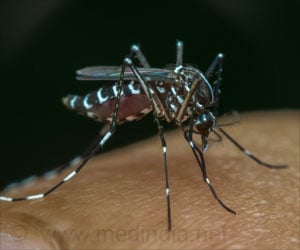Reports have claimed that after 32 long years, Chikungunya, a viral disease that spreads through mosquitoes, has resurfaced affecting lakhs of people across India.
The disease is characterised by high fever that lasts for around 7 to 10 days, and is usually associated with, painful joints, headache, vomiting, fatigue and nausea. The disease that is transmitted by the mosquito Aedes aegypti is usually not fatal. Officials at the NICD have stated that they have collected 30 blood samples from patients who have shown the symptoms of the disease. They expressed their fears that the virus, in the capital could be in an incubation period, with more cases turning up in the next few weeks.The National Institute of Communicable Diseases (NICD) have announced that 3 of the 6 blood samples collected by them have tested positive for the deadly disease. The officials also mentioned that all the 3 patients who were of the age groups 27 to 30 had visited Andhra Pradesh, which is one of the states that has been affected badly by Chikungunya, in the past month. The health officials have stated that the disease has not been seen in Delhi before.
A senior NICD official said, “We had received blood samples of six patients from three city hospitals, of which three have tested positive. Their clinical picture, along with antibody titre count of above 160 confirmed our worst suspicions.” The health minister A Ramadoss, was of the opinion that prevention against the disease is its only cure. He stated that the ministry has sent guidelines to various states for the control of an outbreak.
This temporary debilitating condition has been affecting people for the past six months. There are no vaccines for the treatment and the only line of treatment are with paracetamol and fluids. The officials have cautioned that the people have to be more careful and not let water accumulate, as it could be an ideal breeding ground for the mosquito. It also has to be mentioned that as this species is a day-biting mosquito, the common mosquito nets would be of no help.
It has been reported that 7 states have been badly affected by the virus, mosquito that also causes dengue. Andhra Pradesh has reported 76,000 suspected cases so far, and Madhya Pradesh with around 40,000 cases so far. It was also stated that Gujarat, which has never had the disease in the past, has seen over 25,000 cases of Chikungunya this time.
Maharashtra is amongst the worst hit of all states where around three lakh cases have been reported, with the first confirmed case this year was in Balamtakali village in the Ahmednagar district. The disease but within a few days spread to other places, with reports pouring in from other districts as far apart as Nashik and Parbhani. Previously in 1965 the disease, for the first time ever struck extensively in Maharashtra, in Nagpur.
Advertisement
The Health ministers of Karnataka, Andhra Pradesh, Tamil Nadu and Maharashtra had met in Bangalore in the last week of July with an aim for working out a joint strategy to combat the disease. Critics had expressed that it was little too late as the disease had by then itself spread across the borders.
Advertisement
Source-Medindia
VIK






